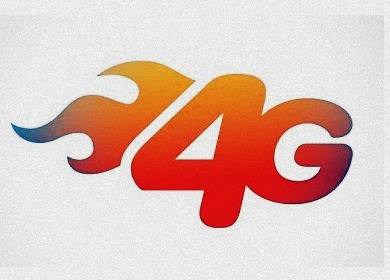Sri Lanka is criticized for being behind the times, but it seems that it no longer applies. Just three months ago, the UK got its first 4G network. Fast forward. Today we have TWO 4G networks up and running: Dialog and Mobitel are both in the game. The UK’s still got just one. That escalated quickly, eh?
So here’s what we have so far:
Mobitel’s 4G is a LTE (Long Term Evolution) network. LTE is a wireless communication standard that powers most of the world’s so-called 4G networks today. It’s based on existing GSM/EDGE and UMTS/HSPA tech, increasing speeds and data capacities using an enhanced network and a different radio interface. Theoretically, an LTE network can hit 100 Mbit/s down and 50 Mbit/s up – more with multiple antenna arrays called MIMO’s are employed. These figures are pretty close to the officially quoted data speeds of 96mbps in downlink and 49mbps up, which were apparently reached in a test demonstration in the presence of the director of the TRCSL. Usage will confirm whether the network does, indeed, perform as expected. We are informed that Mobitel does, in fact, use MIMO antenna arrays, so combine that with the data-pushing power of SLT – we ought to see some good speeds here.
Dialog’s network on the other hand is, not surprisingly, ALSO LTE-based. That’s not entirely unexpected, since Dialog Axiata PLC and Sri Lanka Telecom were conducting 4G trials since 2011. In these cases, things boil down to pricing and marketing. Dialog seems to be going for data capacities over data speeds, targeting mobile downloaders. For instance, one of their entry level packages serves 25 GB data at 4 Mbps for 1400 rupees a month. That’s actually on par with what most people pay for their fixed lines. If you’re on the move, and looking to move beyond the almost-useless 10/12 GB a month 3G packages, this is something you might consider. 4 Mbps translates to around 200 kilobytes per second, so don’t expect to download HD movies within seconds.
Either way, 4G-LTE (as it’s called) is a logical upgrade for a 3G service provider. It doesn’t need extensive or drastic changes – it’s basically an upgrade to existing HSPA technology. For those of you who are concerned with download speeds – 4G-LTE should deliver and perform better than existing 3G. For those of you who are more concerned with latency, yes – there IS latency, but much less that what you’re used to with 3G. Any OTA network has to deal with the issues common to every long-range wireless network – electromagnetic interference, weather conditions, random people spitting in your direction – the list goes on. LTE won’t be as lag-free as a fixed line: rather, it falls between 3G and fixed lines in terms of ping and packet loss.
Is 4G-LTE the be-all and end-all? No, of course not. Like 3G, 4G – and LTE – will evolve over time. Eventually, we might actually be able to hit those 1 Gigabit/s download speeds. Whether we’ll be able to afford them is an entirely different matter. Here’s to faster Internet.







Thank you for the article.
In my case, the level of expectation was much higher. With tested (and theoretical) speeds of 100/50 Mbps, I was expecting at least 20/10Mbps on the tap. But, with Dialog giving only 4Mbps, I really lost faith in 4G. I sincerely hope Mobitel will live up to my expectations!
Dialog is said to give up to 50 Mbps on mobile LTE & up to 80 Mbps on fixed LTE, Mobile LTE has shown 40 Mbps in real world conditions in Colombo city limits, according to speed test images.
please do a 2015 version of this article.